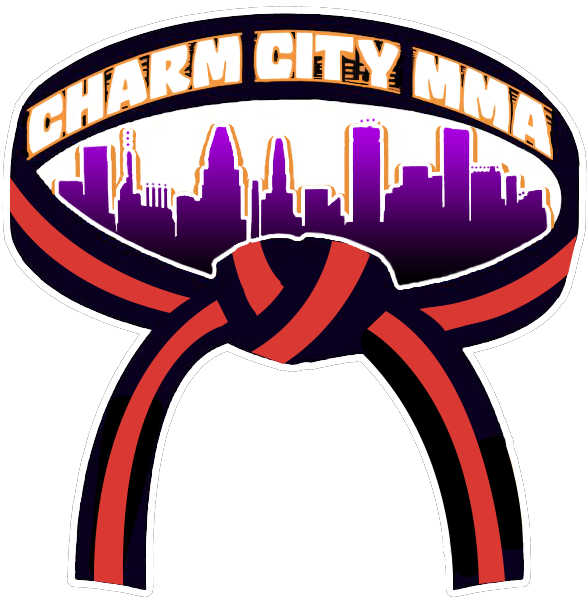Financial Literacy and Entrepreneurship
Creating Generational Wealth

The world we live in is becoming increasingly entrepreneurial and, as a result, children need to learn financial literacy in addition to their average subjects in school . When you’re financially literate, you understand how to manage your money and allocate your income accordingly, often in the form of savings, to avoid financial debt. You’ll have the knowledge to make educated decisions on your finances and eventually be able to evaluate investment opportunities.
We offer a certified and robust curriculum provided by our partners of The Jr. Achievement Organization and complete lessons each week. Junior Achievement lessons are delivered by volunteers from the community. These presenters are prepared by JA to facilitate engaging learning activities that focus on financial literacy, work and career readiness, and entrepreneurship. This results in an enriched learning experience that helps students make the connection between what they learn in school and the world outside the classroom.
Our Financial Literacy Curriculum will:
- Help your child understand the value of money and begin to demand less.
- Aid in understanding the value of things. Your child will become much more appreciative when they are gifted a present or given something unexpectedly.
- Teach about financial risks. Your child will be better versed to avoid financial debt and bankruptcy in the future.
- Give a better inclination to plan for events in the future, such as saving for a holiday, investing in property, or even putting money aside for retirement.
- Lead happier, more stress-free lives – this benefit is one that is often forgotten about, but should be heavily emphasized when considering the long-term consequences of teaching financial literacy.
Our Entrepreneurial Curriculum will:
- Help students to describe the Design Thinking model and the steps involved in the entrepreneurial process.
- Demonstrate how to write a short, clear problem statement that reflects the problem to be solved.
- Construct a prototype based on a problem statement and a brainstormed solution to the problem.
- Develop a testing plan for a given product and target audience.
